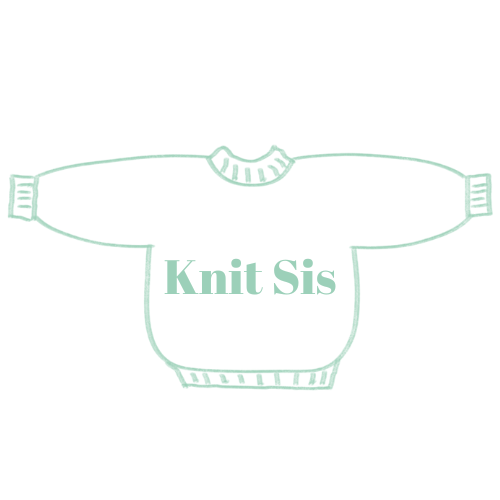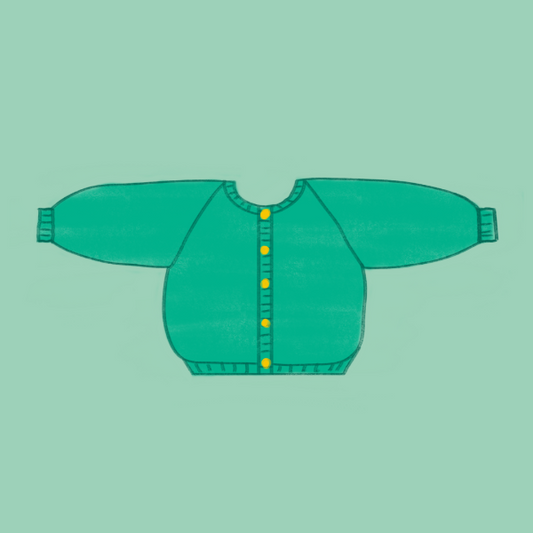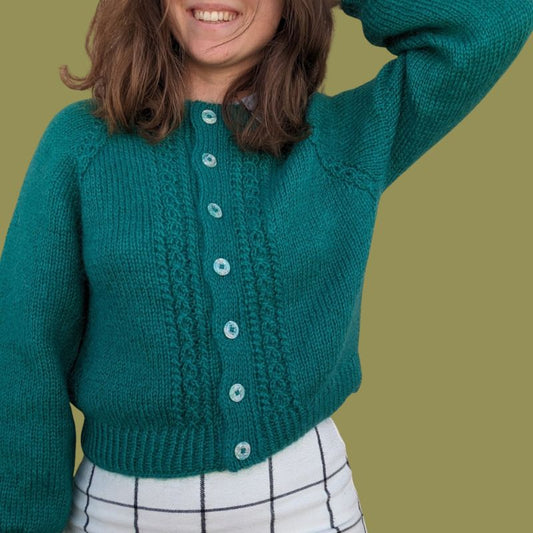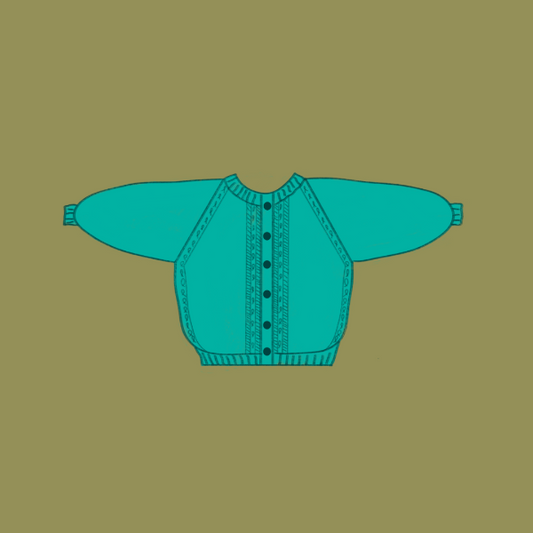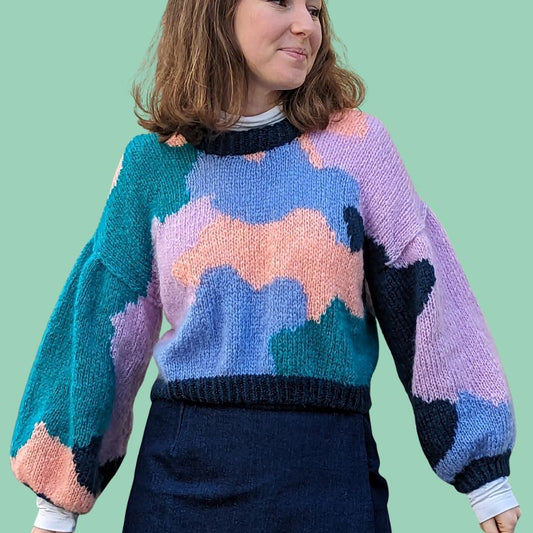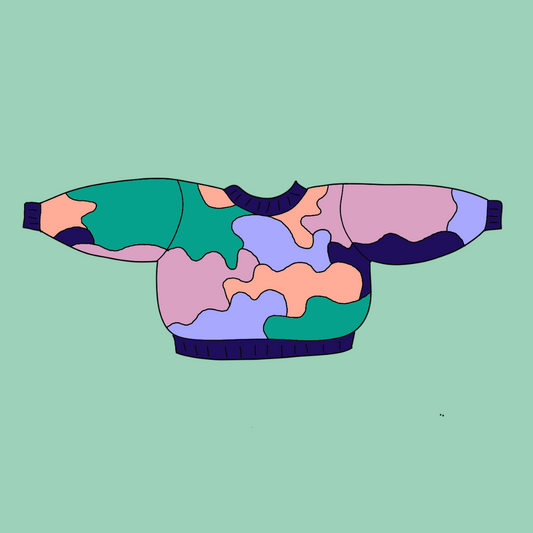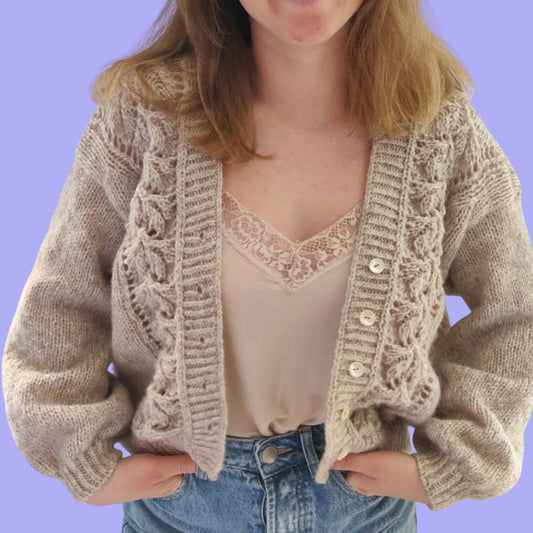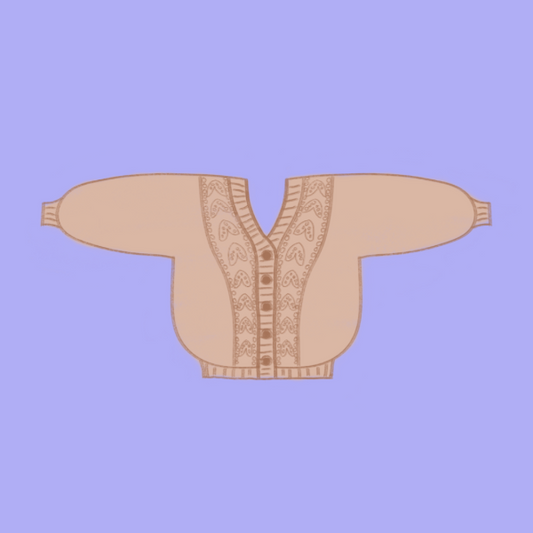🧶 Knitting for beginners: what are the basic stitches you need to know?
Knit SisShare
Are you dreaming of knitting your first sweater, but faced with balls of yarn and needles, you're wondering where to start? We've been there too (hello, evenings spent at our grandmother's table, repeating our stitches over and over again 💕).
Good news: knitting isn't rocket science; you just need to know a few basic stitches. In this article, we'll guide you step by step with clarity, kindness, and concrete examples so you can start your knitting adventure today.
✨ Essential knitting stitches for beginners
1. Casting on the stitches
This is the first step in any project: placing the stitches on the needle. There are several techniques, but to begin with, the simplest method is the French cast-on (also called “loop cast-on”).
👉 Sister tip: Practice casting on 20 stitches, knitting them, then repeating. It's the best warm-up!
2. Garter stitch (the absolute base)
This is THE stitch for beginners : we always knit. The result is soft, textured, and above all, it doesn't roll.
▪️ Easy to learn
▪️ Perfect for a first project like a scarf or a loose sweater
▪️ We love its simple but modern look (especially with large hands)
📌 Concrete example: our boss Pull Doudou (free) is entirely designed for beginners. Ultra soft, ultra rewarding 💖.
3. Jersey stitch (right side / wrong side)
This is the second point you absolutely need to know. We alternate a knit row and a purl row.
Result: a smooth side (right side) and a textured side (wrong side).
👉 A word of caution: jersey rolls at the edges, so garter stitch or ribbing is often added to stabilize the work.
📌 Example: the Festi vest , knitted in the round, plays on the simplicity of jersey while adding a modern touch.
4. The ribs (1/1 or 2/2)
These stitches alternate between knit and purl stitches to create an elastic edging, perfect for cuffs, necklines and the bottom of sweaters.
👉 Fun fact: Our aunts always told us “ribbing = waistband of knitting”. And they were right 😉.
📌 Example: the Marguerite vest uses ribbing as a base, before revealing its pretty openwork stitches.
5. The selvedge stitch
This isn't a stitch per se, but a trick: slip the first stitch of each row knitwise (without knitting it). The result: clean edges that are easy to join.
👉 Believe us, it's a life changer when it comes to sewing a cardigan or picking up stitches.
🚀 Which projects should you choose for training?
We always recommend starting with:
▪️ A garter stitch scarf
▪️ A loose beginner sweater with large needles
▪️ A simple jersey and ribbed cardigan
👉 Our Knit-sis recommendations:
▪️ Doudou Sweater (free) : perfect for learning in peace
▪️ Cardichou, the cabbage cardigan : an easy and rewarding top-down raglan
▪️ Cuddle Sweater : quick, modern and sleeveless (zero tedious sewing 🎉)
💡 Bonus tip: choose a thick yarn (6-8 mm needles), the result will be quick and encouraging.
Conclusion
Getting started with knitting is like joining a big family of enthusiasts. Once you know these few stitches, anything becomes possible: sweaters, vests, accessories, even the craziest projects 🌈.
👉 So, what will be your first creation?
▪️ Download the free pattern for the Doudou Sweater and get started today
▪️ Or explore our beginner pattern collection to find the model that will make you vibrate 💖
We will be there, with our needles and our sisterly anecdotes, to accompany you stitch after stitch.
